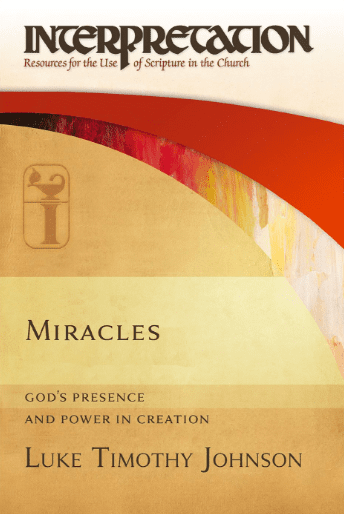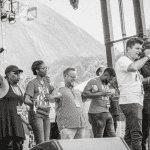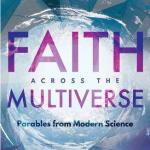 In Luke Timothy Johnson’s new book on miracles, Miracles: God’s Presence and Power in Creation, is a long chapter on how to reframe miracles in the Bible and Christian tradition in order to reclaim miracles for the Christian church today.
In Luke Timothy Johnson’s new book on miracles, Miracles: God’s Presence and Power in Creation, is a long chapter on how to reframe miracles in the Bible and Christian tradition in order to reclaim miracles for the Christian church today.
Last week we looked at two elements of this reclamation — imagination and God as creator — and today we look at one more: how somatic experience can be revelatory and next week we dip into how mythic narratives communicate truth.
The secular, empirical world roots everything in evidence and in the empirical and, as such, can be circular self-confirmation. But…
Moreover, as I have already suggested, such universal laws are of little use for the most important aspects of life: the big-bang theory of cosmic origins does not help with my family dynamics; evolutionary psychology may instruct me concerning trends in human mating but does not account for the mysterious attraction between my wife and myself; medical science can determine a disease that is mortal but offers no guidance for how I should face my death in a human manner.
Another perspective is both possible and necessary if we are to engage the dimensions of the mysterious that impinge on every human existence but that are occluded by the strictures of Enlightenment epistemology. This perspective is based on the conviction that humans have experiences opening them to a depth of reality not given by surface appearances, that such experiences represent genuine (and necessarily) subjective knowledge, and that witness borne to such experience and knowledge deserves as much a hearing as do the claims made by those who base themselves solely on empirical phenomena. This perspective is that of divine revelation.
Believers who embrace miracles — who cannot if a believer? — recognize the truth of Johnson’s words and know the experience of experiencing something that transcends and goes beyond and takes us deeper. I reformat:
I argue here that
1. God discloses his power implicitly in the processes of the world, which is the arena of our common human experience;
2. that such self-disclosure is never obvious and self-validating and is always capable of being denied;
3. that some human experiences manifest God’s presence and power in more explicit ways, but never unambiguously;
4. that every such experience is inevitably clothed in the symbols available to the one experiencing;
5. and that such experience involves a process of interpretation not only afterward but also during the experience itself (Johnson 1990a).
Miracle then is a claim, it is an experience of something out there, but only those open to that experience as “more” can comprehend it as more.
Claims to experience the presence and power of God make sense only to those willing to trust the validity of subjective testimony and willing to recognize different degrees of openness to the mystery of existence.
Revelation and interpretation of experience are intertwined, but one culture may very well create a worldview that blocks wanting or even seeing this “more.” Ours is like that.
Thus the term “revelation” more properly describes a process of human interpretation than a divine activity. In one sense, this conclusion places us in a position of relativism. It is impossible to validate any interpretation to everyone, or even prove the reality of an experience to those unable or unwilling to share the framework providing the interpretation. But the relativism is not total.
Christianity offers symbols to see the more.
What validates the construal of experience as open to God and engaging God? Only the experience of the world that such construal enables, only the project of human freedom it engenders, only the sort of self and community it yields, only the finished person called the saint, only the ordering of human existence called the rule of God.
Because the secular vision of reality is so dominant and so aggressively reinforced by all social mechanisms, the cultivation of this alternative construal is essentially countercultural, requiring a community that asserts and practices, with at least equal vigor, the imaginative world of Scripture concerning God’s constant creative activity and the possibility of God’s presence and power being experienced through “signs and wonders,” even of the most everyday sort. The strength of the scriptural vision is dependent on a robust community that shares its perception and lives according to its practices. The weakness of this vision in the contemporary world is directly connected to the church’s failure to translate it into consistent practice.
In some ways, Johnson’s points here were the very points of Charles Craft about worldview and how the Vineyard has taught an openness to miracles in a closed world and closed universe.












